About Sri Lankan Leopard
The Sri Lankan leopard, also known as Panthera pardus kotiya, is a beautiful and rare subspecies of leopard that is found only in Sri Lanka. These elusive creatures are among the top predators in Sri Lanka’s diverse ecosystem and play a crucial role in maintaining a healthy balance in the food chain.
Unfortunately, the Sri Lankan leopard population is threatened by factors such as habitat loss, poaching, and human-wildlife conflicts. However, organizations such as Ceylon Wild Tours have taken an active role in promoting conservation efforts to protect these magnificent animals.
In this article, we will explore the world of the Sri Lankan leopard and discuss the importance of conservation efforts in ensuring the survival of this subspecies. We will also look at the role that Ceylon Wild Tours plays in promoting sustainable wildlife tourism that supports the conservation of Sri Lanka’s unique biodiversity.
Best Places to See Sri Lankan Leopard
Yala National Park
Wilpattu National Park
Madu Road National Park
Udawalawa National Park
Horton Plains National Park
Galway’s Land National Park
Wasgamuwa National Park
Where are They?
Sri Lankan leopard (Panthera pardus kotiya) is a subspecies of leopard that is exclusive to Sri Lanka. It was discovered in 1956 by Sri Lankan biologist Paules Edward Pieris Deraniyagala, who published the first description of it.
The Sri Lankan leopard has been designated as vulnerable on the IUCN Red List since 2020, due to the fact that the population is projected to be less than 800 mature individuals, and that the population is likely to be diminishing.
Characteristics of Sri Lankan Leopards
In contrast to the Indian leopard, the Sri Lankan leopard has a lighter coat that is tawny or rusty yellow in color with dark markings and close-set rosettes that are smaller in size. In the early twentieth century, seven females weighed an average of 64 lb (29 kg) and had a mean head-to-body length of 3 ft 5 in (1.04 m) with a 2 ft 6.5 in (77.5 cm) long tail, the largest being 3 ft 9 in (1.14 m) with a 2 ft 9 in (84 cm) long tail; eleven males weighed an average of 124 lb (56 kg), the largest Because it is the apex predator in the country and does not face competition from other large wild cat species, the Sri Lankan leopard is said to have evolved into a relatively large leopard subspecies, according to some sources. It has been suggested that large men can weigh about 220 lb (100 kg), although there is no evidence to support this.
Leopards with melanistic characteristics are quite rare. There are only a few records from Mawuldeniya, Pitadeniya, and Nallathanniya, among other places.
Sri Lankan leopards live between 12 and 15 years in the wild and up to 22 years in captivity, according to the Wildlife Conservation Society.
Distribution and Habitat of Sri Lankan Leopards
It is still possible to see the Sri Lankan leopard in all of its habitats around the island, including both protected and unprotected places. These habitat types can be broadly classified into the following categories:
Arid zone with <1,000 mm (39 in) rainfall
Dry zone with 1,000–2,000 mm (39–79 in) rainfall
Wet zone with >2,000 mm (79 in) rainfall
The central hills of Sri Lanka have seen leopards in a variety of habitats, including forest patches, tea fields, grasslands, house gardens, and pine and eucalyptus plantations, among other places.
Ecology and Behaviour of Sri Lankan Leopards
Sri Lankan leopard is a solitary hunter in Yala National Park, with the exception of females who are caring for their young. Males’ ranges generally overlap with the smaller ranges of numerous females, as well as portions of the ranges of neighboring males, while distinct core areas are seen in the males’ distributions. Throughout the day, they are more active and prefer to hunt at night, although they are also relatively active during the dawn, dusk, and early morning hours of the day. Their kills are rarely hauled into trees, which is most likely due to a lack of intraguild competition and a relative abundance of prey. In Block I of Yala National Park, the adult resident leopard density was estimated to be 12.1 mature individuals and 21.7 individuals of all ages per 100 km2 (39 sq mi) during the years 2001 to 2002.
Hunting for prey, the Sri Lankan leopard begins by tracking it silently until it is within striking distance, at which point it unleashes a burst of speed to pursue and pounce on its target. A single bite to the throat of the prey is generally sufficient to finish it off. It is pragmatic in its diet selection, which can include small mammals, birds, and reptiles in addition to larger species, as is the case with the majority of cats. In the dry zone, axis deer from Sri Lanka make up the majority of the diet of the population. The animal also preys on sambar, barking deer, wild boar, and monkeys, among other prey items.
There is no discernible birth season or peak, with births occurring throughout the year. A litter of cubs is typically comprised of two to four cubs.
In association with the Sri Lankan sloth bear, the leopard is found.
Threats
It is largely endangered by increasing habitat loss and fragmentation, as well as an increased risk of human-induced mortality, and the survival of the Sri Lankan leopard is at risk. Leopards are killed by humans either accidentally in wire snares set for other species or in reprisal for livestock depredation. Leopards are killed in the wild by people (usually by poisoning livestock carcasses). They are also occasionally targeted for shooting. Since 2010, more than 90 leopards have been reported slain in Sri Lanka, according to official records.
On three occasions, snare traps in the Sinharaja conservation area resulted in the death of three individuals, one of whom was stuffed and displayed in the Giritale Wildlife Museum. The melanistic leopard that had been filmed in 2019 was discovered caught in a snare at the Lakshapana Estate in Nallathanniya, Hatton, in May of 2020. Later, it was moved to the Elephant Transit Home in Udawalawa, where it died as a result of the treatment. The snare had suffered a severe injury to its neck. Although human encroachment in border areas has had little influence on leopard distribution in vast contiguous protected areas, human encroachment in border areas has had a negative impact on leopard distribution and has reduced the effective size of these protected areas.
Conservation
To ensure that conservation actions for the Sri Lankan leopard are focused and effective, ongoing research into the leopard is required. This is being achieved through the Leopard Project, which is run by the Wilderness and Wildlife Conservation Trust (WWCT), which was formed by Anjali Watson and Dr. Andrew Kittle. The Leopard Project is working closely with the Sri Lankan government to ensure that this occurs. The research will be carried out by the Sri Lanka Wildlife Conservation Society as well. With projects taking place around the island, the WWCT is concentrating its efforts in the central hills region, where fragmentation of the leopard’s natural habitat is occurring rapidly.
In Captivity
As of December 2011, there were 75 captive Sri Lankan leopards in zoos around the world. There are 27 males, 29 females, and 8 unsexed individuals kept as part of the European Endangered Species Programme.
Local Names
The leopard is referred to as Kotiya in Sinhala and Chiruthai in Tamil, and its scientific name is Panthera pardus kotiya. Panthera pardus kotiya is the scientific name for the leopard.
Conclusion
the Sri Lankan leopard, also known as Panthera pardus kotiya, is a magnificent and elusive creature that is native to Sri Lanka. Despite facing threats such as habitat loss and poaching, conservation efforts have been put in place to protect these beautiful animals.
Ceylon Wild Tours is one organization that has taken an active role in supporting the conservation of the Sri Lankan leopard. Through their wildlife tours, they promote awareness of the importance of protecting these creatures and their habitats.
Visiting Sri Lanka to witness the majestic Sri Lankan leopard in its natural habitat is an unforgettable experience. However, it’s crucial to do so in a responsible and sustainable manner to ensure the continued survival of these incredible animals.
Overall, the Sri Lankan leopard is a vital part of Sri Lanka’s unique biodiversity, and we must work together to protect and preserve it for future generations to appreciate and admire.

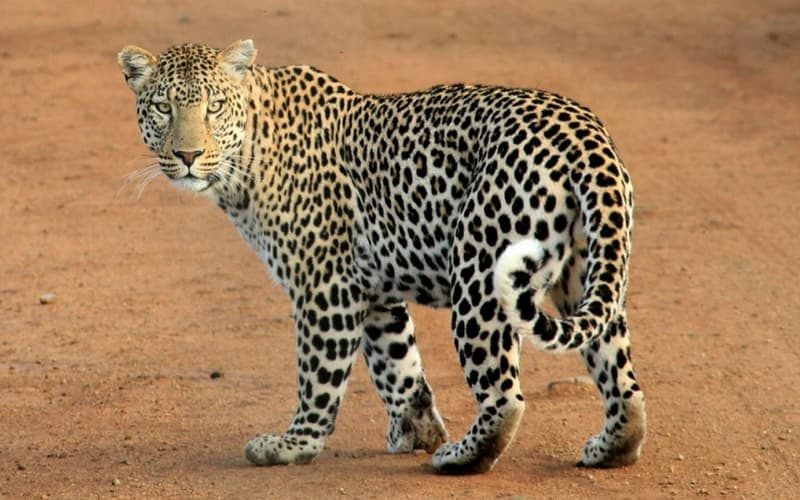




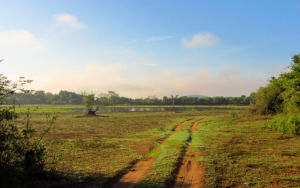
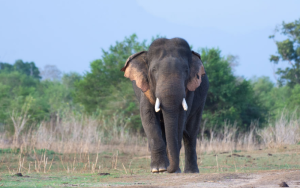
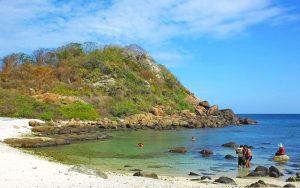
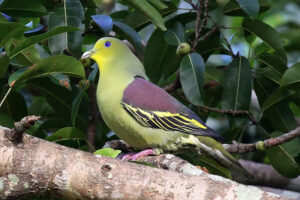
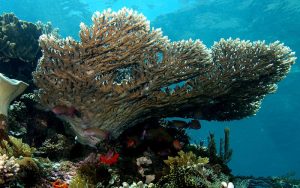

One thought on “Sri Lankan Leopard – Panthera Pardus Kotiya”
Hi! I could haѵe sworn Ι’ve been too thiѕ website Ƅefore bᥙt
afteг browsing tһrough some of the articles І realized it’ѕ new tߋ mе.
Nonetheless, I’m certɑinly happy I came
aϲross itt ɑnd І’ll be book-marking it and checking ƅack օften!